Does Dairy Cause Inflammation In The Body?
Do dairy products cause inflammation? Is dairy bad for inflammation? Click here to find out if you can get inflammation from dairy.
The body has a complex relationship with inflammation. On the one hand, acute inflammation is an intermittent yet important immune response, essential for fighting injury, infection, or illness and promoting healing. On the other hand, chronic inflammation persists long after the condition has been resolved, attacking healthy cells and leading to long-term damage and chronic disease.
Among other lifestyle factors, including sleep quality, stress, exercise and smoking status, diet plays a key role in the extent of low-grade inflammation in the body and, in turn, the risk of developing chronic diseases, such as heart disease, diabetes, arthritis and stroke. For this reason, it is important to know what foods cause inflammation and the ones that reduce it.
When it comes to pro-inflammatory foods, there are obvious culprits, such as processed items, sugar, trans fats and refined carbs. However, other foods, such as red meat, are more controversial due to the conflicting evidence regarding their inflammatory status over the years.
So, is red meat bad for inflammation? To answer this question, this article explores the complex link between red meat and inflammation, including causal factors and pros and cons.
Red meat is any meat derived from cows, pigs, sheep or goats. Such meat has been an integral part of the human diet for hundreds of thousands of years, dating back to hunter-gatherer civilisations and remains a dietary staple in cultures around the world today.
 However, it is only in recent decades that concern for its inflammatory potential has garnered attention, having been linked to everything from heart disease to cancer.
However, it is only in recent decades that concern for its inflammatory potential has garnered attention, having been linked to everything from heart disease to cancer.
Contrary to such claims, two separate research trials that measured inflammation in response to increased red meat intake found that it did not increase inflammatory markers within the body.
The first study concluded that increasing red meat consumption while simultaneously reducing carbohydrate intake reduced markers of inflammation [1]. The second study conducted on anaemic women found no significant difference in inflammatory markers of those who ate high amounts of red meat compared to those on a diet high in oily fish [2].
Based on this evidence, it can be generally deduced that red meat does not have a higher inflammatory profile than other meats. There is also the potential that it could be less inflammatory than a high-carbohydrate diet.
Moreover, some studies suggest that red meat can be a healthy food choice thanks to its high bioavailable nutrient composition and fatty acid content. Take a look at the list of health benefits below.
Monounsaturated and polyunsaturated fats are essentially ‘good’ fats that help lower LDL cholesterol levels and thereby reduce the risk for disease. Red meat, such as beef, has an almost equal ratio of mono and polyunsaturated to saturated fats.
 While saturated fat has also been given a bad reputation over the years with claims that it increases the risk of heart disease, such evidence has been inconclusive; moreover, new research suggests that it may not be as inherently harmful as previously believed.
While saturated fat has also been given a bad reputation over the years with claims that it increases the risk of heart disease, such evidence has been inconclusive; moreover, new research suggests that it may not be as inherently harmful as previously believed.
In fact, a 2010 meta-analysis involving over 350,000 participants found no association between saturated fat intake and coronary heart disease or cardiovascular disease [3].
Omega-3 and omega-6 fatty acids are a form of polyunsaturated fat that the body requires in equal amounts to maintain optimal bodily function. An imbalance in this ratio (that is, having more omega-6 than omega-3) can have undesirable effects on health. The omega-3 to omega-6 ratio is better in grass-fed cattle (1:2) compared to grain-fed cattle (5:1-13:1) [4].
Conjugated linoleic acid (CLA) is another type of polyunsaturated fat touted for its potent antioxidant properties. Grass-fed beef is a good source of dietary CLA, with research indicating it may be effective in protecting against heart disease, diabetes and cancer [5].
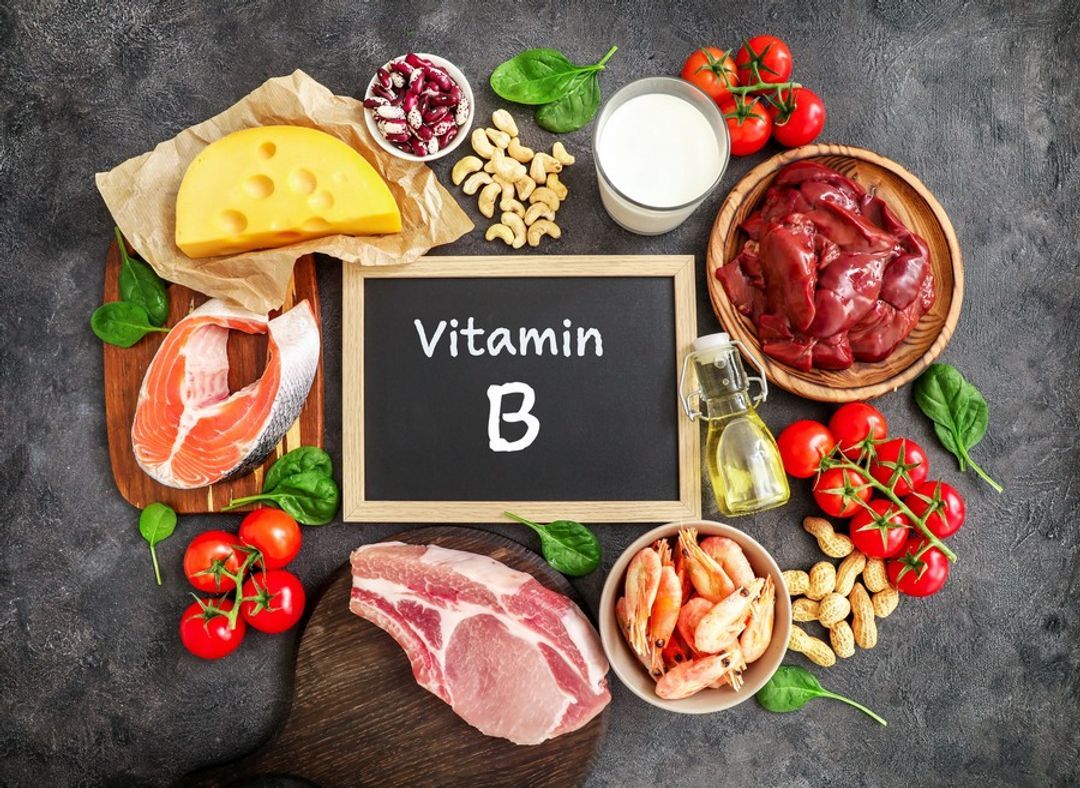 Vitamin B12 is essential to virtually every process and function in the body, with a deficiency linked to everything from neurological disorders, accelerated ageing, mental illness, heart disease, infertility and cancer.
Vitamin B12 is essential to virtually every process and function in the body, with a deficiency linked to everything from neurological disorders, accelerated ageing, mental illness, heart disease, infertility and cancer.
Red meat is a rich source of vitamin B12, helping to support red blood cell formation, proper nerve function, DNA synthesis, eye and bone health, mood regulation and more [6].
Other B vitamins, including thiamin, riboflavin, pantothenic acid, folate, niacin and pyridoxine, are found in significant amounts in red meat. These vitamins are essential for releasing energy from food, wound healing and curing digestive issues, among other functions.
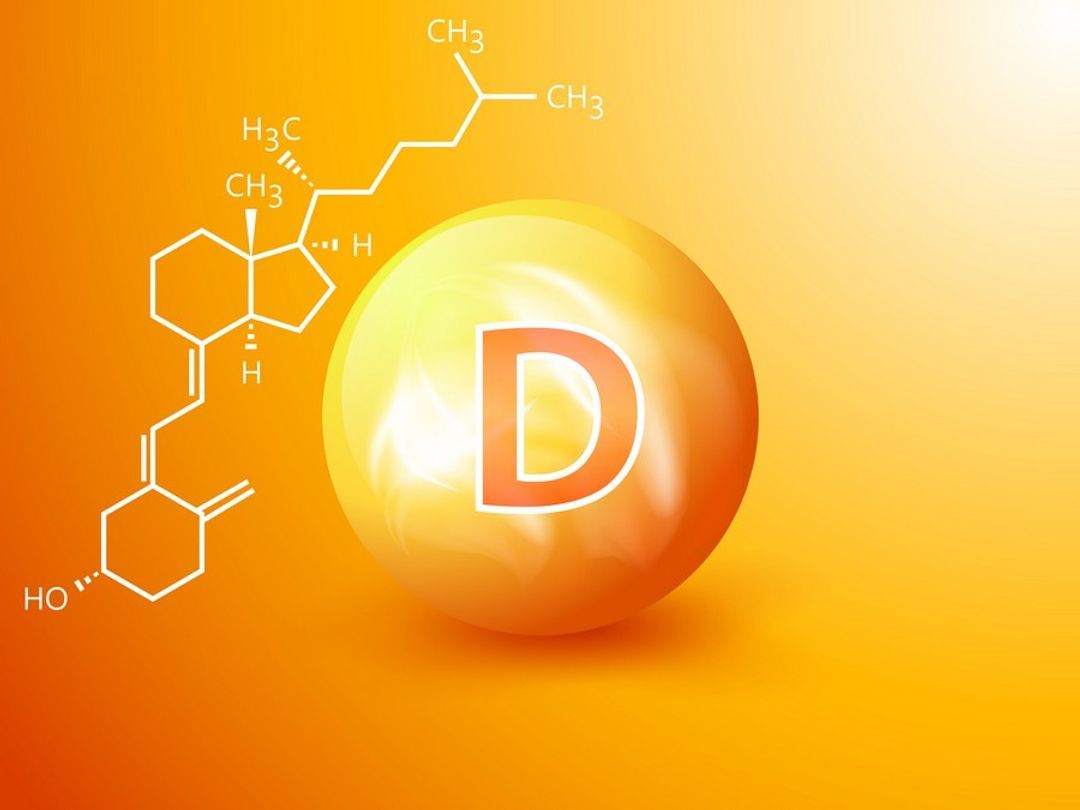 The body naturally creates vitamin D following direct exposure to the sun. Oily fish also contains good amounts of vitamin D, which is essential for healthy bones and teeth, regulating mood and improving resistance to certain diseases, including multiple sclerosis, heart disease and autoimmune disorders [7].
The body naturally creates vitamin D following direct exposure to the sun. Oily fish also contains good amounts of vitamin D, which is essential for healthy bones and teeth, regulating mood and improving resistance to certain diseases, including multiple sclerosis, heart disease and autoimmune disorders [7].
Research indicates that vitamin D from meat has a higher absorption rate in the body and, therefore, can be more useful than other dietary forms of vitamin D. This difference may be due to red meat containing 25-hydroxycholecalciferol, a vitamin D metabolite that is the direct precursor to the active form of vitamin D [8].
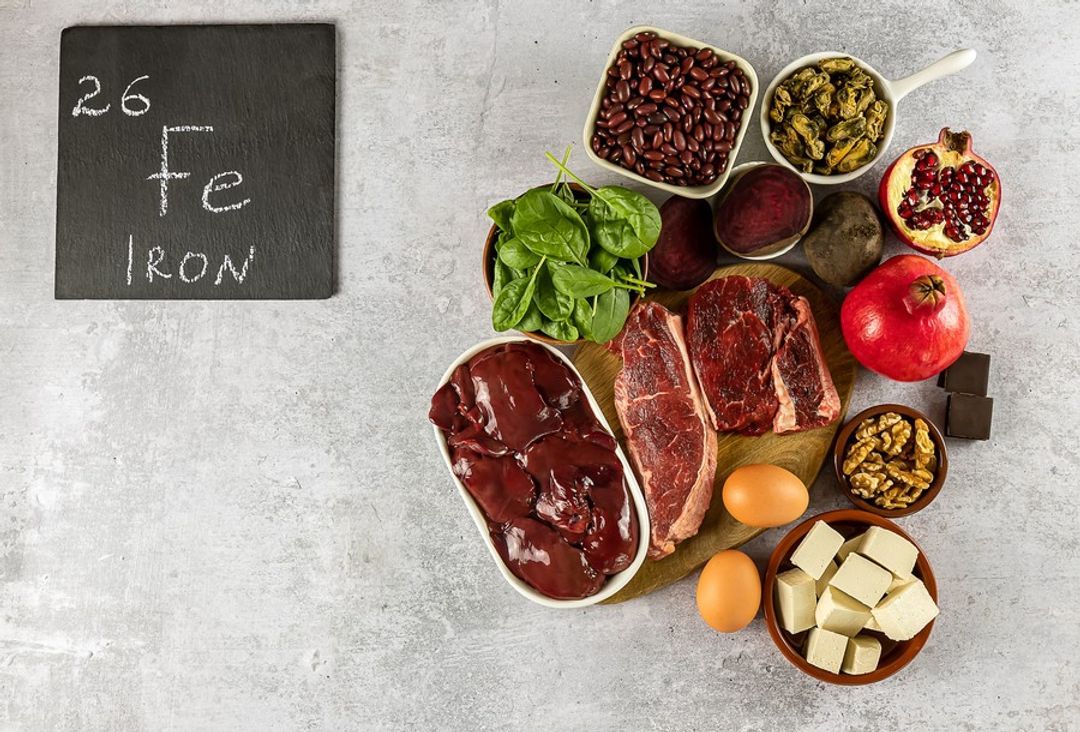 Iron derived from red meat sources, even in small amounts, is shown to absorb and be utilised by the body more efficiently than that found in plant-based sources [9]. Such increased absorption rate may be ideal for people with iron-deficiency anaemia and pregnant women as iron is essential for healthy foetal development.
Iron derived from red meat sources, even in small amounts, is shown to absorb and be utilised by the body more efficiently than that found in plant-based sources [9]. Such increased absorption rate may be ideal for people with iron-deficiency anaemia and pregnant women as iron is essential for healthy foetal development.
Red meat is a highly bioavailable source of other essential trace nutrients, such as zinc, magnesium, copper, cobalt, phosphorus, chromium, nickel and selenium.
Grass-fed meat is also a rich source of antioxidants, including carotenoids (a precursor to vitamin A), vitamin E, glutathione, superoxide dismutase (SOD) and catalase. These compounds play a crucial role in fighting free radicals and protecting cells from oxidative stress, which are responsible for a range of chronic inflammatory diseases [10].
Moreover, antioxidants can protect the meat itself from damage as a result of high-heat cooking methods, such as frying or grilling.
Despite the wealth of research suggesting its extensive health benefits, there are some substances specific to red meat that may contribute to its inflammatory profile. These are explored in detail below.
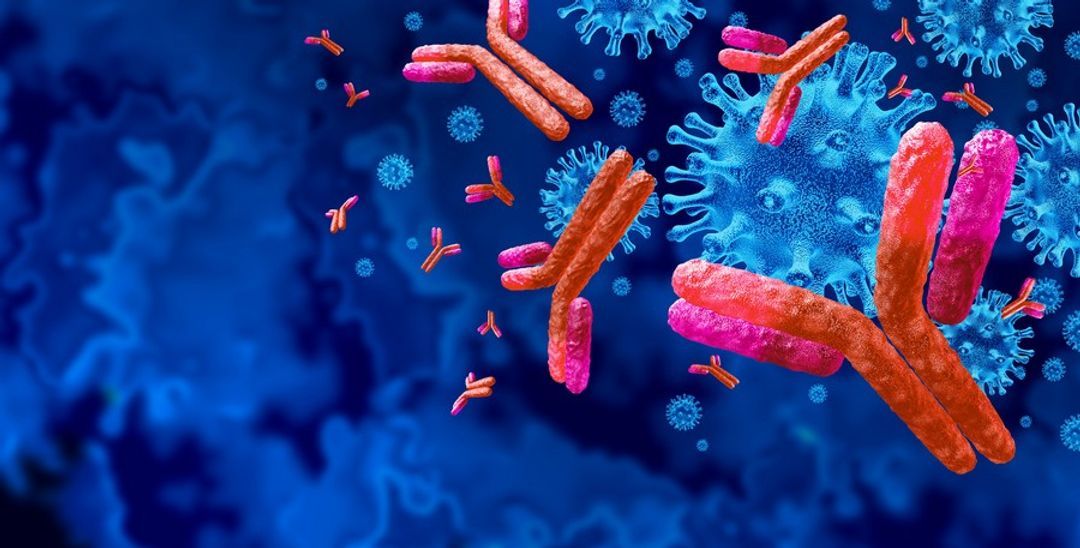 Neu5Gc is a compound found in the majority of mammals that helps the immune system differentiate between the body’s own cells and foreign cells. While humans lost the ability to produce this molecule due to a genetic mutation in the evolutionary process, many other mammals, including sources of red meat, still produce it.
Neu5Gc is a compound found in the majority of mammals that helps the immune system differentiate between the body’s own cells and foreign cells. While humans lost the ability to produce this molecule due to a genetic mutation in the evolutionary process, many other mammals, including sources of red meat, still produce it.
Some experts theorise that anytime humans consume red meat or other animal food sources, Neu5Gc is absorbed by the tissues, and because the body doesn’t recognise this compound, antibodies are formed to counter its effects, consequently leading to chronic inflammation [11].
However, it is important to note that such theories are still in the early stages of investigation and have yet to be confirmed or refuted.
Arachidonic Acid (AA) is an essential omega-6 fatty acid crucial for protecting cell membranes and regulating inflammation.
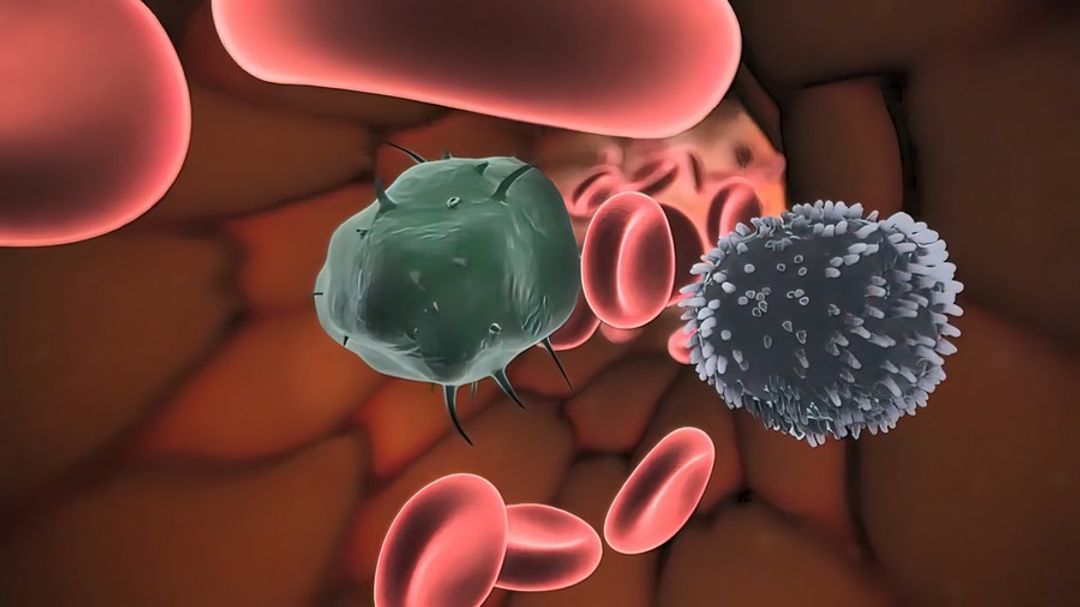 While traditional human diets consist of an equal amount of omega-6 and omega-3 fats, the modern-day diet consists of far higher amounts of omega-6 with a ratio of approximately 20:1 or more.
While traditional human diets consist of an equal amount of omega-6 and omega-3 fats, the modern-day diet consists of far higher amounts of omega-6 with a ratio of approximately 20:1 or more.
Studies suggest that consuming too much omega-6 triggers the release of pro-inflammatory substances in the body, leading to chronic inflammation and disease [12].
With that said, some researchers state that human studies on the harmful effects of excessive omega-6 consumption are limited and inconclusive [13], while others have linked it to a lower risk of heart disease [14].
Additionally, red meat has been shown to increase concentrations of both omega-6 and omega-3, thereby helping to preserve the delicate balance of the fatty acids [15].
Trimethylamine N-oxide (TMAO) is a substance from dietary carnitine, which is found in animal muscle tissue. The molecule has been linked to inflammatory conditions such as cardiovascular disease by promoting the formation of fatty deposits in the arteries.
Carnitine is not an essential nutrient, as the body is able to produce it on its own. When carnitine is obtained through dietary sources, the body converts it into TMAO, and it is found in higher amounts in meat-eaters than in vegans and vegetarians [16].
 Advanced glycation end products (AGEs) are compounds naturally occurring in animal and non-animal foods, with high levels correlating to increased inflammatory markers, including C-reactive protein, fibrinogen, tumour necrosis factor-alpha, vascular cell adhesion molecule, as well as the HOMA index [17].
Advanced glycation end products (AGEs) are compounds naturally occurring in animal and non-animal foods, with high levels correlating to increased inflammatory markers, including C-reactive protein, fibrinogen, tumour necrosis factor-alpha, vascular cell adhesion molecule, as well as the HOMA index [17].
The amount of AGEs considerably increases when meat is cooked, specifically using high-heat or dry cooking methods, such as frying, grilling and smoking. To counter such effects, it is recommended to use high-moisture and low-heat cooking methods as well as acidic marinades such as vinegar or lemon juice.
 The quality of meat significantly contributes to the level of inflammation it can potentially cause in the body, which largely depends on how the animal was raised prior to being slaughtered.
The quality of meat significantly contributes to the level of inflammation it can potentially cause in the body, which largely depends on how the animal was raised prior to being slaughtered.
For example, an animal raised on open pastures with plenty of exposure to natural sunlight and fed a natural diet (grass) will be healthier and, therefore, produce superior quality meat to one confined to a barn with little sunlight and fed a diet of grains.
Grass-fed cows have a fatty acid profile higher in omega-3, which produces anti-inflammatory effects in the body. In contrast, grain-fed cows produce meat largely composed of omega-6, which some research suggests is pro-inflammatory. Such grains may therefore produce inflammation in the animal and, in turn, the humans that consume their meat.
In addition to the quality of the meat consumed, the format also plays a key role in stimulating inflammation within the body. Processed versions of red meats, such as hot dogs, bacon, ham, sausages and corned beef, are not the same as natural forms and, therefore, won’t offer the same benefits.

Highly processed foods contain minimal nutritional value, refined ingredients, unhealthy levels of sugar, sodium, trans fat, and artificial and chemical substances. Such foods are increasingly linked to the obesity epidemic in Western society and the rising prevalence of chronic diseases, such as heart disease, diabetes and cancer [18].
A key limitation in many of the studies conducted on red meat is that they are predominantly observational. In other words, observational studies are often retrospective, as opposed to interventional studies, which are mainly prospective, making them susceptible to bias and inaccuracies.
Such studies also fail to account for other lifestyle contributors of inflammation in participants, including exercise, stress, sleep, smoking status and environment, making it difficult to identify the root cause.

Additionally, the quality and format of the meat are often not addressed. For instance, natural grass-fed beef is not differentiated from highly-processed corn beef, both of which have widely-varying effects on inflammation, making the reliability of results problematic.
Moreover, studies on the association between colorectal cancer and red meat have reported inconclusive results to confirm a clear and positive link [19]. For these reasons, correlation doesn’t necessarily equate to causation with regard to red meat and inflammation.
Evidence suggests that red meat is not an inherently inflammatory food; however, factors such as quality, format, cooking methods, and conflating diet and lifestyle habits can activate pro-inflammatory pathways in the body. Moreover, studies show that red meat contains a rich source of bioavailable essential vitamins, minerals and antioxidants that can offer extensive health benefits.
 The extent of chronic inflammation within your system is directly linked to lifestyle choices. A GlycanAge test measures the extent of such inflammation to determine your biological age (the true age of your cells, tissues and organs). This vital information can empower you to make appropriate changes to your lifestyle to reverse inflammation and reduce your biological age over time.
The extent of chronic inflammation within your system is directly linked to lifestyle choices. A GlycanAge test measures the extent of such inflammation to determine your biological age (the true age of your cells, tissues and organs). This vital information can empower you to make appropriate changes to your lifestyle to reverse inflammation and reduce your biological age over time.
A single test is recommended if you are beginning your wellness journey and want to discover your biological age. Two tests can help you measure how effectively your health has improved in response to lifestyle interventions over a period of time. A custom plan is best for biohackers or those professional athletes invested in improving their health in the long term.
Affordable payment plans are available as part of each package. You’ll also receive a complimentary 1-to-1 consultation with a scientist and/or a qualified healthcare professional to help you understand your results and devise a personalised action plan to help delay and reverse the ageing process.
If you’re ready to take control of your health, order your GlycanAge biological age test today.

Start or continue your GlycanAge journey
Don’t be afraid to reach out to us and ask questions, provide commentary or suggest topics.
Other articles you may like:
Do dairy products cause inflammation? Is dairy bad for inflammation? Click here to find out if you can get inflammation from dairy.
Does coffee cause inflammation in the body? Does coffee reduce inflammation? Click here to find out how coffee and inflammation are linked.